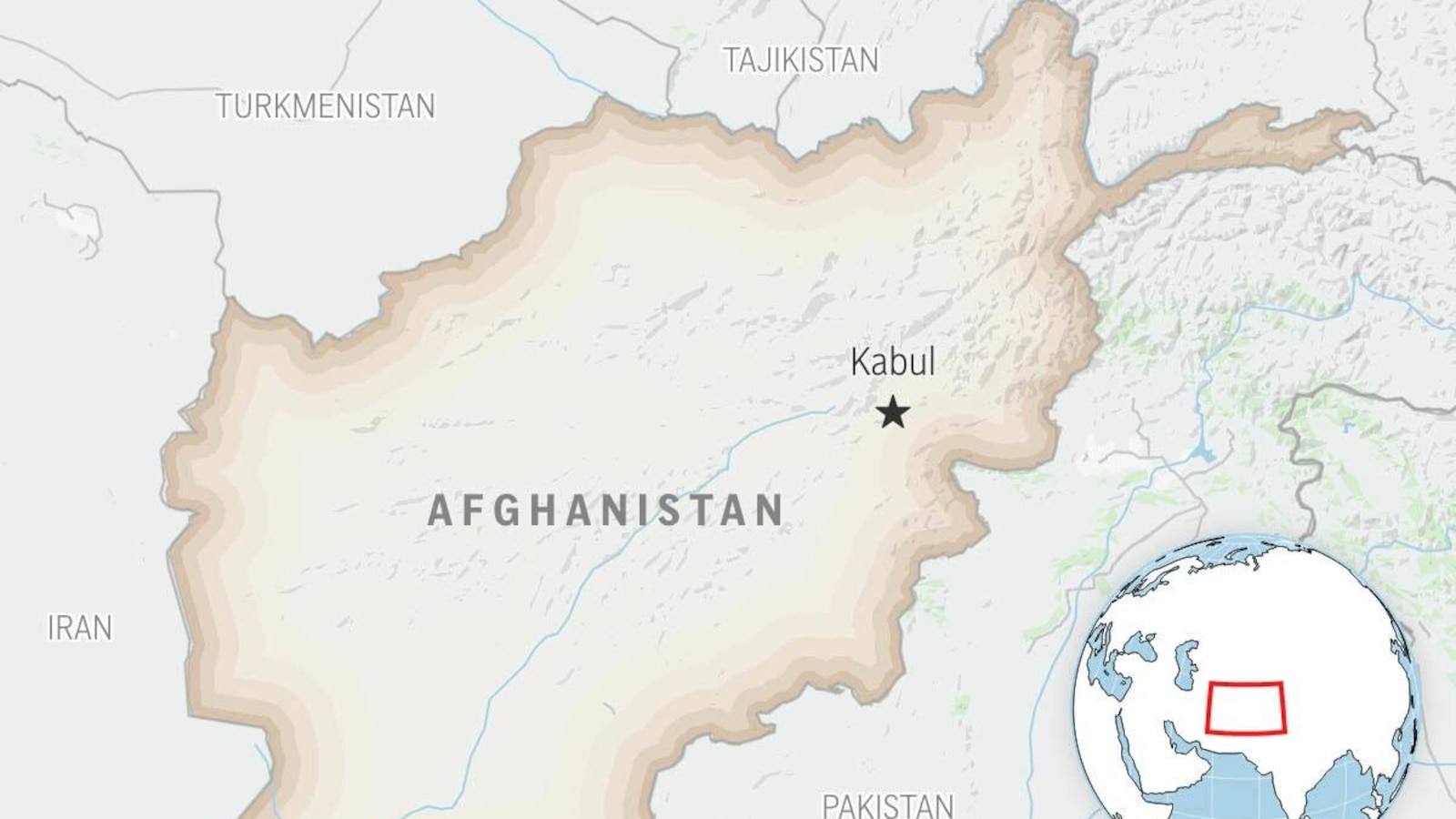6.0 earthquake flattens villages in eastern Afghanistan; at least 250 dead
Shallow quake near Jalalabad struck Kunar province late Sunday, destroying multiple villages and prompting ongoing rescue efforts as casualties are expected to rise
A 6.0 magnitude earthquake struck eastern Afghanistan late Sunday, destroying numerous villages in Kunar province and killing at least 250 people, officials said Monday as rescue teams continued to search for survivors.
The U.S. Geological Survey said the quake occurred about 27 kilometers (17 miles) east-northeast of Jalalabad at 11:47 p.m. local time and was only about 8 kilometers (5 miles) deep. Shallow earthquakes typically cause greater damage near the epicenter. Afghan authorities said hundreds were injured and that the toll was likely to climb as teams reached remote areas.

The Kunar Disaster Management Authority said at least 250 people were killed and roughly 500 were injured in districts including Nur Gul, Soki, Watpur, Manogi and Chapadare. Afghanistan's health minister reported that several villages in the Nurgal district — named by officials as Sholt, Arit, Mamagal and Wadir among others — had been "all but destroyed," while other settlements suffered significant damage. Some injured people have been evacuated to hospitals in Jalalabad, authorities said.
A government spokesman, Zabihullah Mujahid, said the quake "caused loss of life and property" in eastern provinces and that rescue operations were under way. Provincial and national rescue teams, along with local residents, were searching for survivors amid reports of collapsed homes and damaged infrastructure.
Communications from the hardest-hit areas were initially sparse, and officials warned that figures for the dead and injured could rise as access improves. Emergency responders faced challenges reaching isolated mountain communities where many homes are built of mud and stone and are particularly vulnerable to collapse in strong, shallow earthquakes.
The U.S. Geological Survey recorded the magnitude and location of the quake and highlighted its shallow depth. International and domestic aid organizations have in past earthquakes noted that such shallow temblors in Afghanistan frequently produce high casualty figures because of older, non–earthquake-resistant construction and the remoteness of many settlements.
Search-and-rescue operations and medical evacuations continued into Monday as authorities tried to assess damage and provide aid. Hospitals in nearby Nangarhar province reported receiving the injured from outlying areas, and makeshift treatment centers were set up where needed.
The quake occurred near Afghanistan's border with Pakistan; there were no immediate reports of damage across the border. Officials cautioned that full assessments would take time given nighttime conditions, damaged roads and the rugged terrain of Kunar province.

Authorities appealed for additional medical supplies, shelter materials and search-and-rescue equipment as they mobilized to assist survivors. Officials emphasized that updated casualty and damage figures would be released as teams complete assessments in the hardest-hit districts.
Afghanistan has suffered several deadly earthquakes in recent decades, and officials said Monday that lessons from past responses would inform current relief efforts. The scale of destruction in Kunar and the number of displaced residents will shape the immediate humanitarian needs, according to local officials and aid coordinators.
Further updates were expected from provincial authorities and the health ministry as rescue operations proceed and access to remote communities improves.